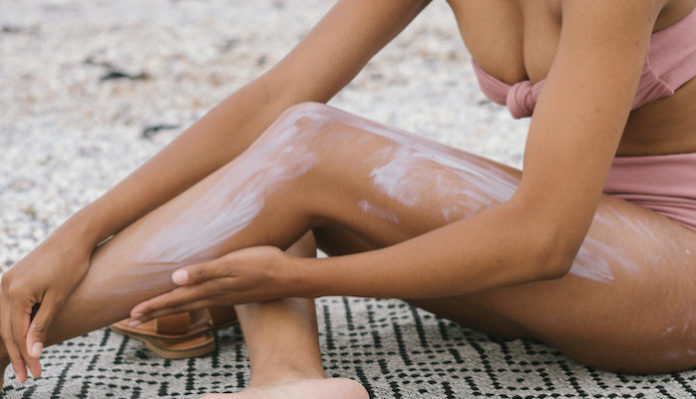
With summer weather finally gracing us, you’re sure to be a spending a heck of a lot more time outdoors. While your body will love feeling those hot summer rays hitting your body, it’s important to practice sun safety. Skin cancer is one of the most common cancers in people under 30, so use some of the following tips to make sure you stay protected throughout the year!
Some basics before we launch into our sun safety tips. The sun has a mix of ultraviolet radiation (AKA UV rays) that can cause some serious damage. If you’re not careful, your sun exposure can cause sunburns, skin cancer, eye damage, a weakened immune system, and premature skin aging. Risk factors for worse sun damage are light skin, skin that freckles, blue/green eyes, blonde/red hair, and a history of bad sunburns as a child.
So here are 6 things you can do to keep yourself safe.
1. Sunglasses.
Your eyes are prone to damage in the sun. While slapping on a pair of your cutest rose-coloured glasses, make sure that they block out UVA and UVB rays.
2. Limit your sun time.
The sun will be the strongest between and 11 AM and 4 PM, so try to limit your exposure during those times. Always look for areas of shade, like big trees or umbrellas, to protect you from the sun. Hey, now you have your perfect excuse to get a cabana… right?
3. Avoid tanning beds.
As tempting as it is to get a “base tan”, tanning beds are very harsh on your body. The UVA exposure from a tanning bed is anywhere from 3-10 times stronger than the UVA you get from the sun. Look for alternatives like tanning lotions, spray tans, or creams if you really need that summer glow.
4. Make sure to buy “broad spectrum” and waterproof sunscreen.
Damaging sun rays are a combination of both UVA and UVB rays. Some older sunscreens will only protect against UVA, so make sure you’re getting a sunscreen that gives you full coverage. It’s also important to pick up a waterproof formula so that you don’t sweat off your protection.
5. Do self-checks.
Use the mnemonic ABCDE to help you screen for concerning moles and spots.
Asymmetry – does one-half of the mole match the other?
Border – is it irregular or smooth?
Colour – is the color uniform throughout?
Diameter – is it bigger than 6 mm? (think a pencil eraser)
Evolving – does the spot change in size, shape, or color?
Here is a video that walks you through doing a self-check.
6. Download apps to help your monitor any suspicious moles.
This app called SkinVision is a great way for you to keep track of any moles that you may be worried about. The app lets you archive your photos, keep track of changes over time, and share it with your doctor. It even has in-app analyses that while not perfect, are a good starting point if anything seems awry. It’s available in both the Apple and Google app stores.
While many of these tips are ones you may have heard before, it’s important to be reminded of them every year. Skin cancer and sun damage are largely preventable if you take a few minutes out of your day to practice sun safety. So grab your nearest sunhat, your favorite sunscreen, and a good book and enjoy that summer sun!
Feature image via Pexels


















